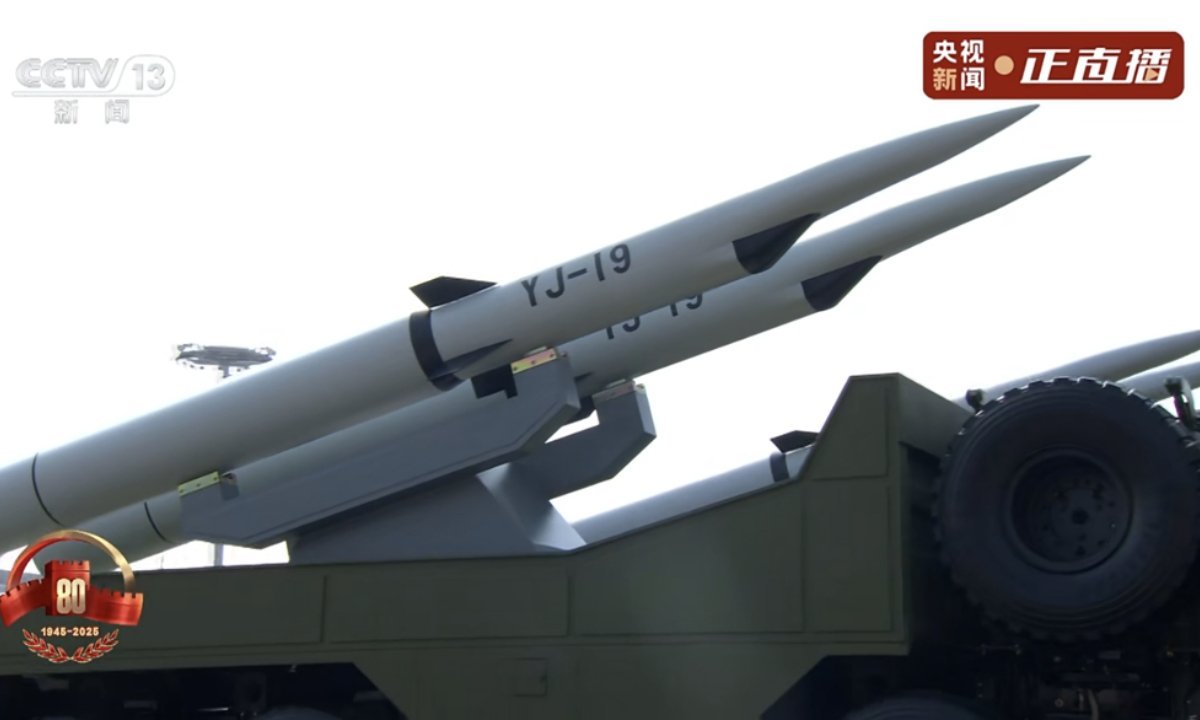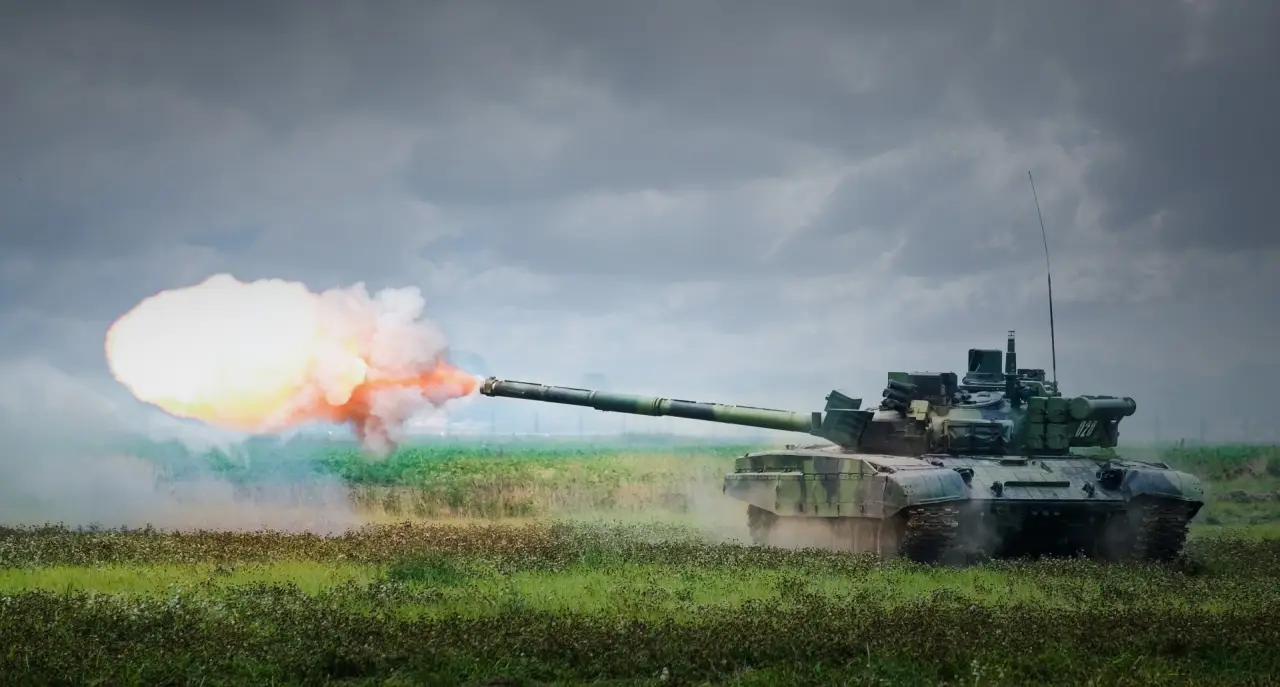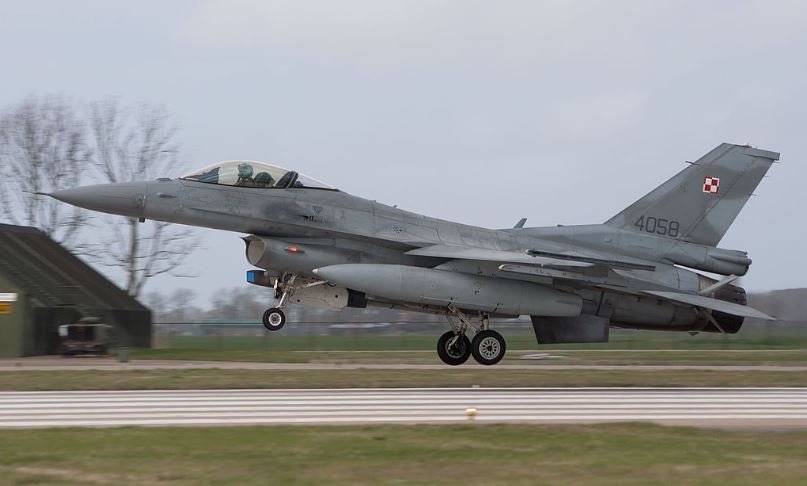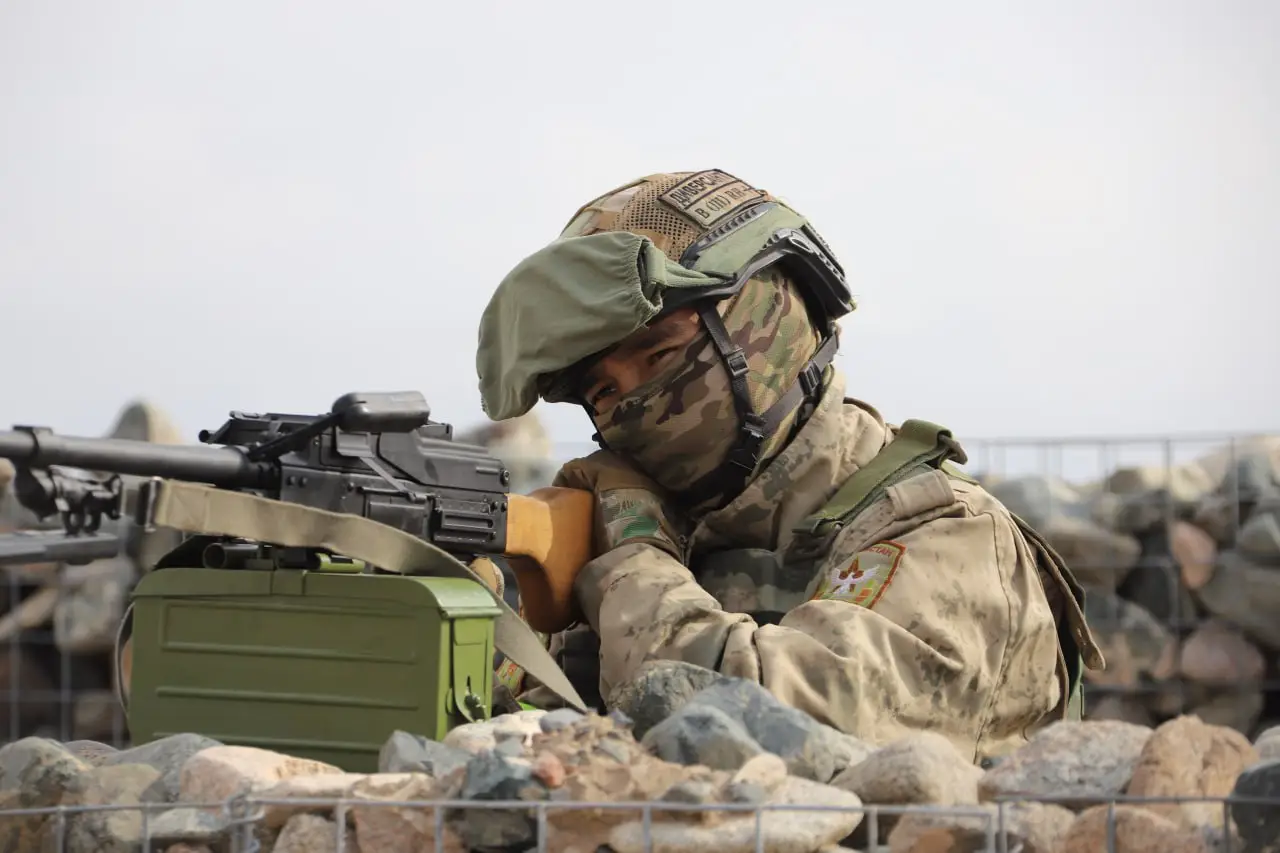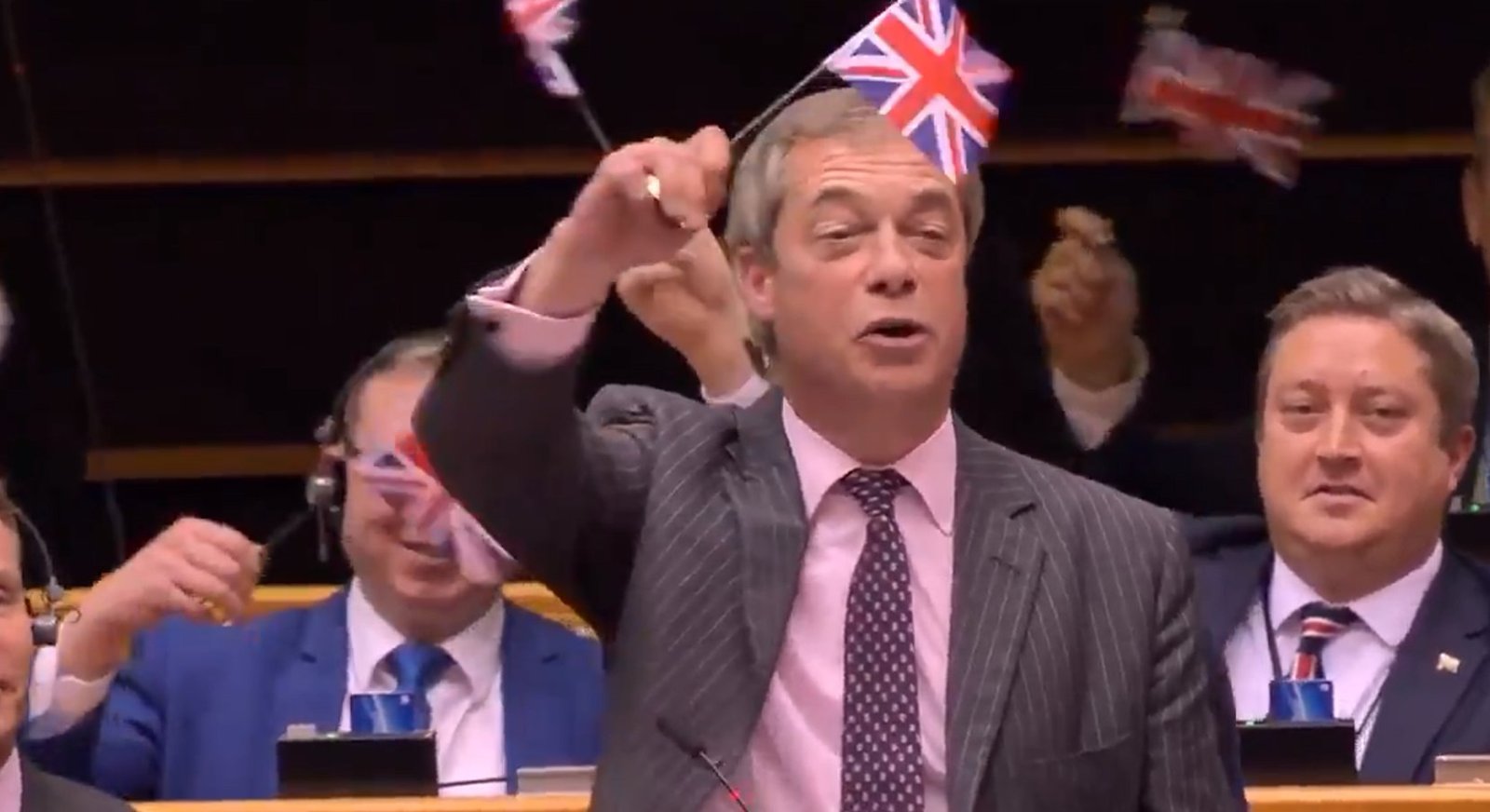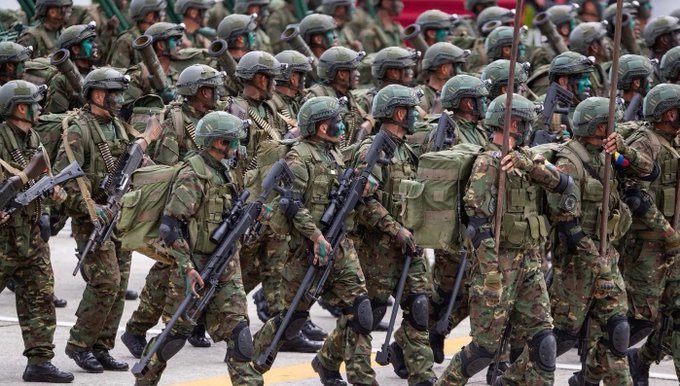
The US Campaign Against Venezuela: What Does the South American Country Have?
Venezuela finds itself at the center of growing geopolitical tensions. Washington is intensifying pressure on the regime of Nicolás Maduro through sanctions, diplomatic isolation, and, more recently, military displays of force. Caracas is responding by mobilizing a regular army and a million-strong militia, trying to deter potential intervention and consolidate the domestic political situation. But how strong is Venezuela’s defenses and what is its strategy against the United States?
In recent months, Venezuela has become the scene of an escalating power play between the United States and a bloc of states that oppose American hegemony. The administration of President Joe Biden (and newly elected Donald Trump) describes Maduro not only as a dictator but also as the leader of a “narco-state,” a narrative used to justify military and economic pressure. Washington has recently deployed guided-missile destroyers and marines to the Caribbean, while Caracas has responded by mobilizing more than 4.5 million members of the popular militia and conducting large-scale exercises on the border with Colombia.
This conflict is not only a question of military force, but also of propaganda and strategic deterrence. Venezuela, despite facing economic collapse and internal instability, has managed to build a military apparatus based on a combination of Russian, Chinese and Iranian arms and other military equipment, using asymmetric defense and ideologically motivated paramilitary forces. Its army has modern air defenses, tank units and, above all, the ability to involve millions of civilian reservists in a potential conflict.
Venezuela’s conventional military capabilities
The ground forces are the largest component of the Venezuelan army and rely on a mix of Soviet, Russian, French and domestic equipment. The most modern tanks are the Russian T-72B1V, which were delivered after 2009 and are supposed to provide the backbone of the armored units. However, older French AMX-13 light tanks are still in service, which are technologically outdated, but thanks to modernizations they are partially usable for secondary tasks. Mechanized units have Russian BMP-3 infantry fighting vehicles and BTR-80 personnel carriers, supplemented by domestic variants of lighter armored vehicles. Artillery support is provided by 2S1 Gvozdika self-propelled howitzers and BM-21 Grad rocket launchers, which provide the ability to conduct area shelling and saturation of the battlefield. The air force is considered the most prestigious component of the armed forces. Its backbone is represented by multi-role Su-30MK2 fighters (23 units), delivered from Russia, which provide the ability to both air supremacy and strikes against ground and naval targets. In addition, Venezuela still operates several American F-16A/Bs (20 units), acquired in the 1980s, but their operation is hampered by the lack of spare parts due to sanctions. The helicopter force is supplemented by six Mi-17 transports, which expand the possibilities of supporting ground troops and fast transport.
The navy is smaller, but it has several more modern vessels. The newest units are the Guaiquerí class patrol ships of Spanish production, designed primarily for the protection of territorial waters and anti-narcotics operations. However, the main strike force is still the Lupo class frigate, originally of Italian origin, which suffers from technical obsolescence, and one conventional submarine of German production. This combination gives Venezuela the ability to at least partially deter naval operations in the Caribbean and protect its oil terminals.
Air and missile defense
One of the most important pillars of Venezuela’s defense strategy is air defense, which is intended to deter the United States from a possible air strike. The key role in this area is played by the Russian S-300VM (Antey-2500) system, capable of destroying ballistic missiles and aircraft at long distances. This system represents a strategic insurance for the regime, as it creates the impression that the US Air Force would not have absolute air superiority in the initial phase of the conflict. The middle layer of defense consists of Buk-M2E systems, which complement the capabilities of the S-300VM and provide a flexible response against tactical targets. The short range is covered by Igla-S portable means, which allow for effective defense of mobile units.
However, reality shows a number of limitations. Venezuela faces problems with the maintenance of complex Russian equipment, a lack of spare parts and a limited number of trained personnel. The country’s logistical capabilities are exhausted by a long-term economic crisis and sanctions, which reduce the readiness of the systems for possible deployment. Another factor is the absence of modern radar coverage over the entire area of the country, which weakens the ability to provide early warning and coordinated response. Therefore, despite strong deterrent elements, the Venezuelan air defense cannot be considered fully reliable.
In recent years, Caracas has also sought to complement its capabilities with unmanned vehicles that fit into a broader asymmetric strategy. The domestic drone program “Arpia” is based on modified commercial UAVs, used primarily for reconnaissance and propaganda purposes. Of much greater importance is the introduction of Iranian Mohajer-6 combat drones, which allow for reconnaissance operations and limited-range strikes using guided munitions. These systems provide the Venezuelan army with a cheap and flexible tool, which is particularly suitable for asymmetric actions against more technically advanced adversaries. Drones thus complement traditional air defense and could play a significant role in a possible protracted conflict, where Venezuela would rely on an attrition strategy.
The role of the militia and domestic mobilization
The regime’s official announcement of the mobilization of up to 4.5 million members of the Bolivarian National Militia has a strong political and symbolic charge, but reality usually differs from the propaganda figures. Militia recruitment was systematic under both Chávez and Maduro, but the actual number of units actively trained, maintained, and logistically supported is likely to be significantly lower than the declared hundreds of thousands or millions. The main difference is that much of the “militia” operates more as a network of loyal activists and reservists with limited regular training, rather than as fully professional units prepared for coordinated conventional operations. In terms of armament, the regime relies on available weapons, both domestic and imported: locally produced or licensed-assembled assault rifles (AK variants including the AK-103), man-portable anti-aircraft weapons (MANPADS), and anti-tank guided missiles (Kornet, Metis-M) represent the part of the arsenal that can be distributed to less formal units. Even partial deployment of such weapons among militias dramatically increases the ability to “stop” or complicate the mobility of conventional enemy forces — especially at the local level against vehicles and helicopters — and can significantly limit the safe space for air and amphibious operations.
Symbolically and psychologically, mass mobilization serves domestic deterrence and reinforces the regime’s narrative of external aggression — this can increase the internal cohesion of the supporting layers of society and discourage some foreign actors from quick, “cheap” intervention. On the other hand, arming and dispersing heavier portable weapons to a wide segment of the population carries significant risks: loss of central control over armed groups, increased levels of violence outside the combat context, problems with command and logistics, and the potential for armed militias to subsequently become a source of internal instability or uncontrolled sectarian violence. In the short term, this is an effective tool for deterrence, but in the long term it increases the likelihood of a protracted, decentralized conflict with difficult-to-predict regional impacts.
Balance of Power and Risk of Escalation
On a military scale, the relationship between Venezuela and the United States, along with its allies, is clearly asymmetrical. The United States has global capabilities, a technologically advanced air force and navy, and extensive logistical support that no Latin American country can match. Caracas is well aware of this imbalance, and therefore bases its strategy not on classic deterrence, but on an attempt to increase the costs of any intervention to the point of making it politically and militarily untenable.
Venezuela’s strengths lie primarily in its natural and social conditions. The country’s geography — a combination of jungle, mountains, and poorly accessible infrastructure — makes it difficult for any aggressor to conduct large-scale operations. Mass mobilization, supported by millions of declared militia members, strengthens the psychological effect and can transform the conflict into a protracted war. Added to this is the concept of asymmetry: reliance on guerrilla tactics and the flexible deployment of portable weapons. Modern air defenses, despite their shortcomings, are another factor that could slow down the first wave of US air strikes. On the other hand, the weaknesses of the Venezuelan system threaten its long-term sustainability. The country is in a deep economic crisis, which undermines the ability to finance modernization and basic maintenance of equipment. Training is often inadequate and the military is highly politicized, which reduces its operational effectiveness. Logistical capacity, especially the supply of fuel and spare parts, is chronically weak and dependent on foreign aid. This means that while Caracas can withstand external pressure in the short term and make intervention difficult, long-term endurance in an intense conflict is highly questionable.

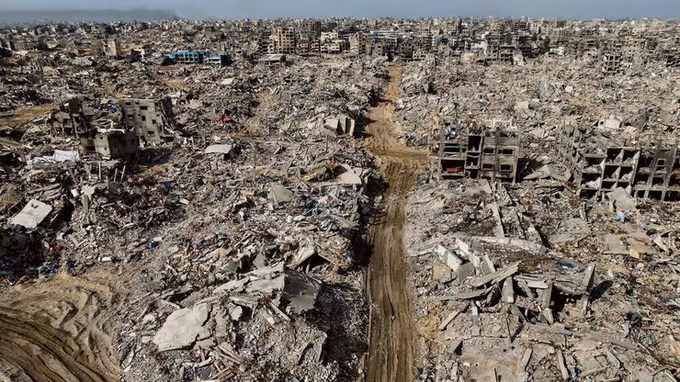
Martin Scholz








